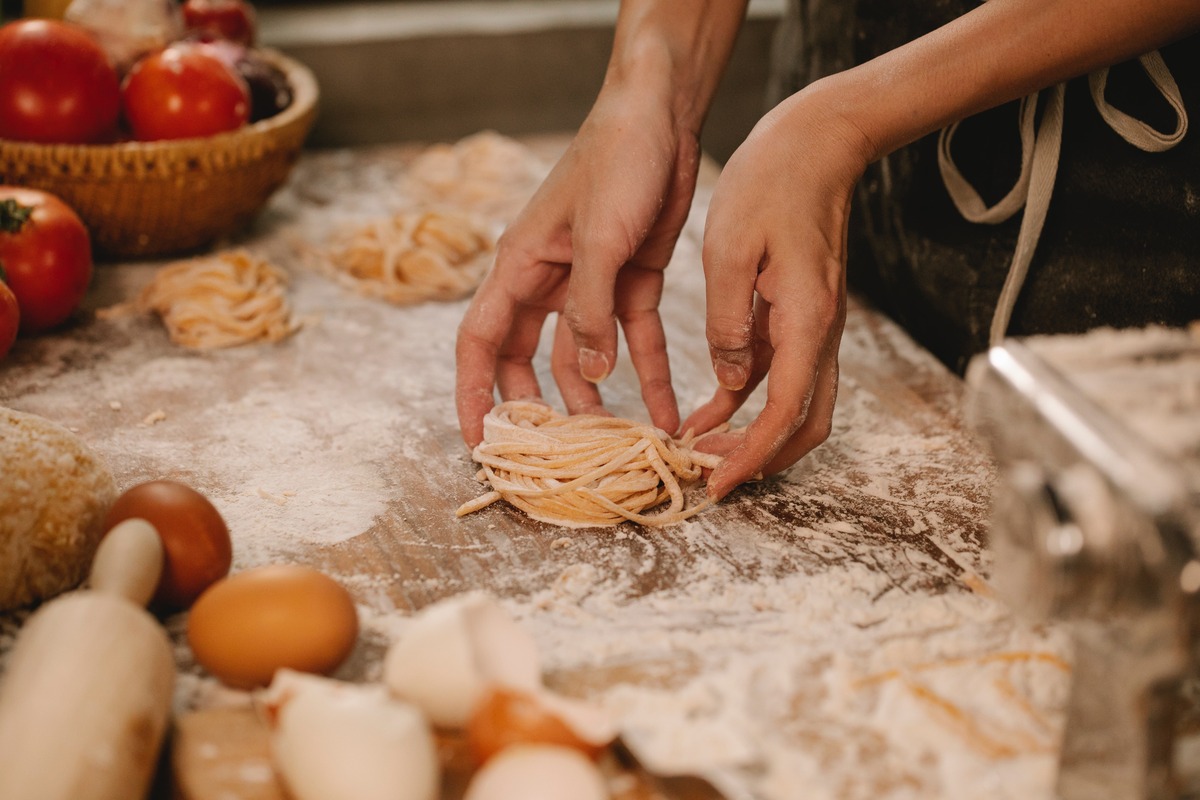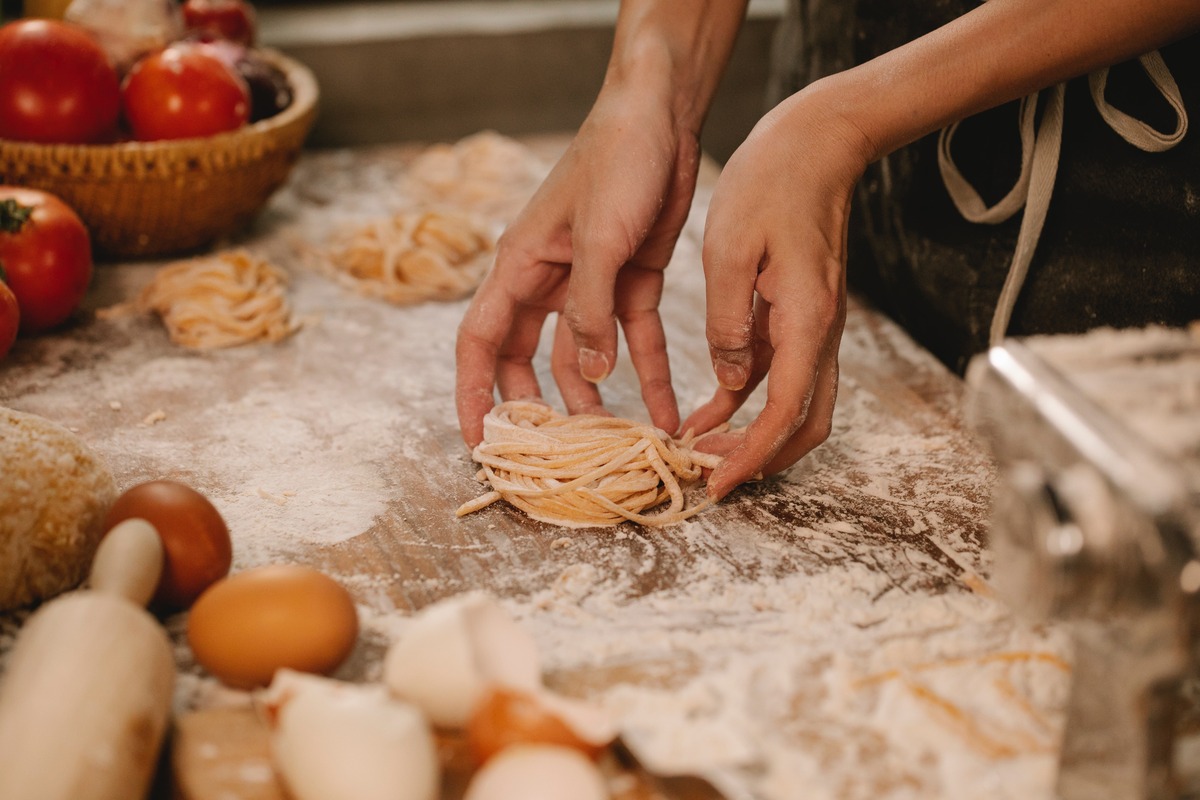
Newsletter Subscribe
Enter your email address below and subscribe to our newsletter

Enter your email address below and subscribe to our newsletter

As a seasoned chef, I’ve used a lot of different tools and gadgets in the kitchen, but until recently, I never knew what a noodle board was. So what is it exactly?
In This Article

A noodle board is basically a wooden board that sits on top of your stove or counter space.
Its primary function is to provide extra space for food preparation and cooking, but it can also be used as a decorative cover for your stovetop.
These boards are typically made of wood, with popular species including alder, oak, and maple.
They come in a variety of sizes and designs, with some featuring decorative engravings or personalized messages.
While noodle boards may sound like a new kitchen trend, they’ve actually been around for centuries.
They were popular in pioneer times as a way to save space and protect stovetops from hot pots and pans.
And now, as people look for new ways to add style and functionality to their kitchens, noodle boards are making a comeback.
Using a noodle board is simple. Just place it on top of your stove or counter space, and you have an extra surface for food prep, chopping, or even serving.
And when you’re not using it, you can simply lean it against the wall or store it away in a closet.
If you’re short on counter space or just looking for a fun and stylish addition to your cooking routine, a noodle board is definitely worth checking out.
Not only does it provide extra functionality, but it also adds a touch of rustic charm to your kitchen.
As a chef, I always need extra space in the kitchen, and a noodle board has been a game-changer for me.
It gives me the added surface area I need to prep ingredients and chop vegetables without having to move everything to the dining room table.
Plus, my alder wood noodle board adds a touch of warm natural wood to my kitchen’s aesthetic that complements the other wooden accents perfectly.
Yes, you can use a noodle board on a gas stove, but be sure to take extra care when placing it on top of the burners, and never leave it unattended when the stove is in use.
Simply wipe it clean with a damp cloth and mild soap, but be sure to avoid soaking it in water or putting it in the dishwasher. And to keep it looking its best, you can rub it with a bit of mineral oil every few months.